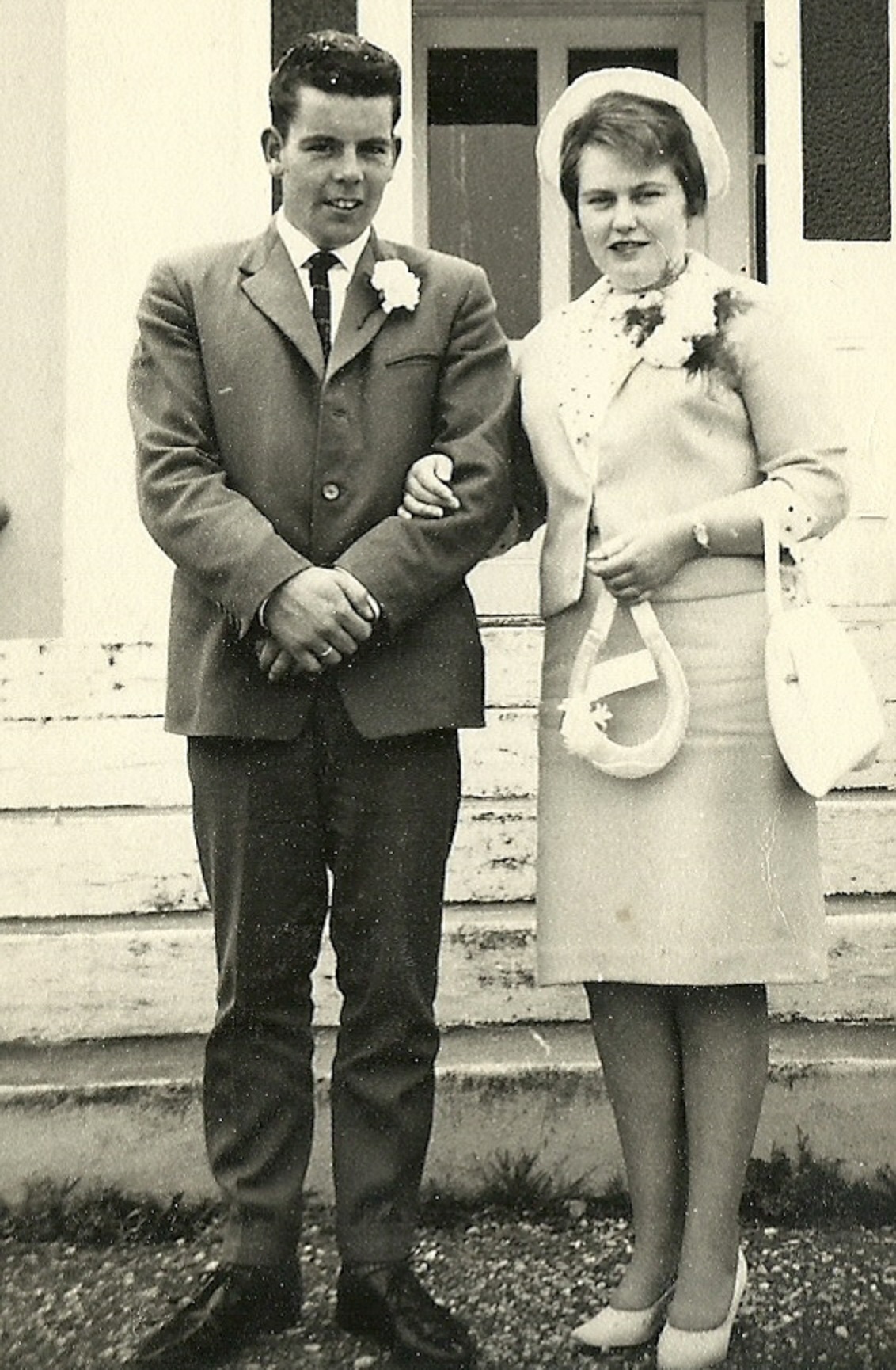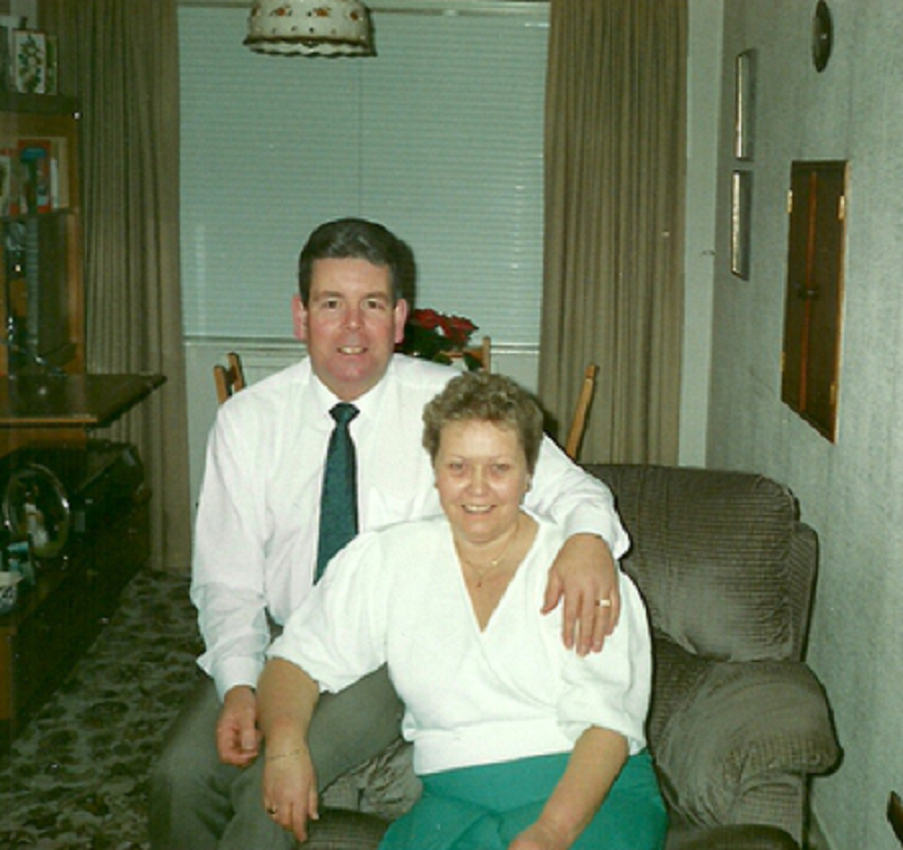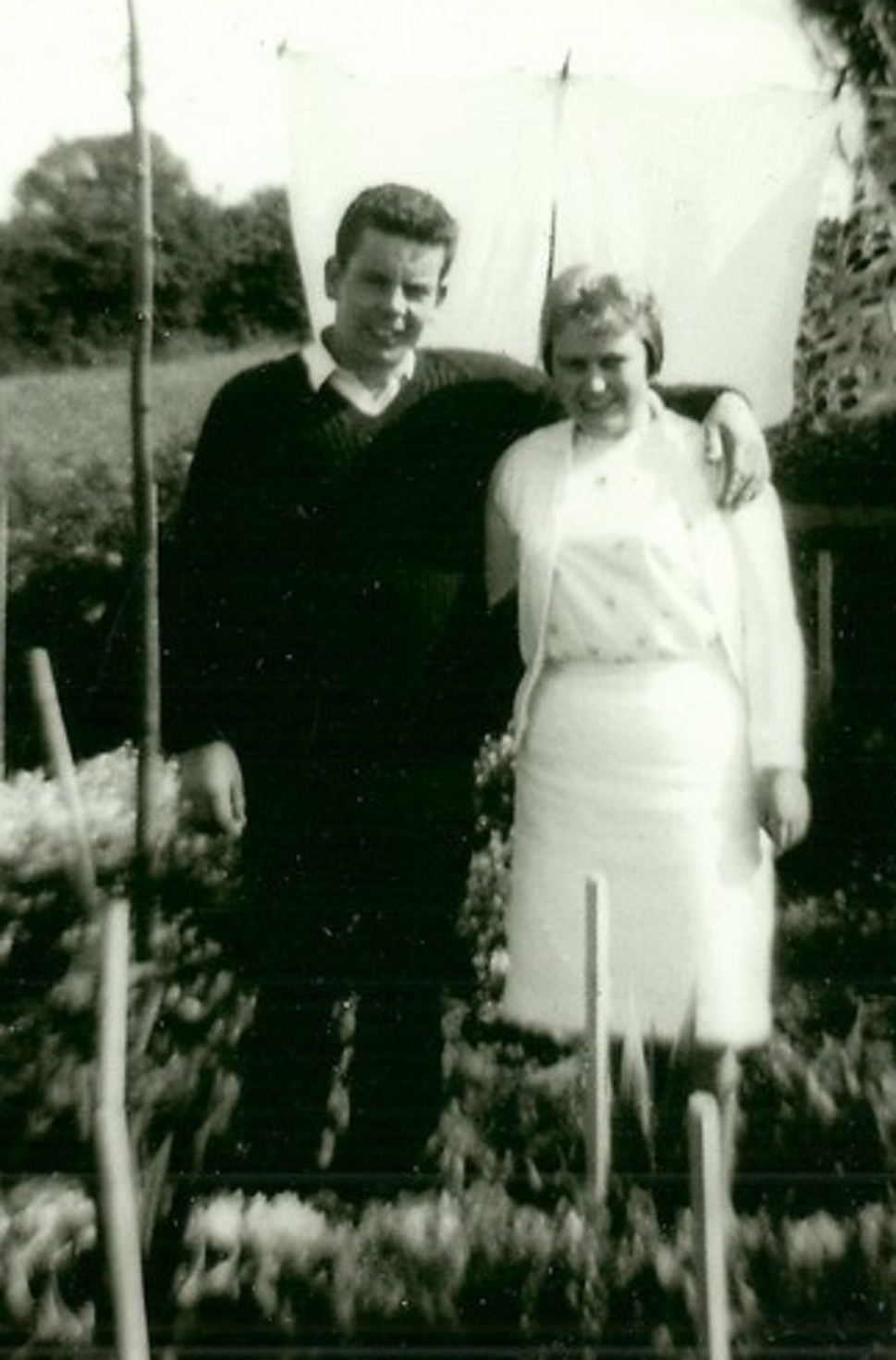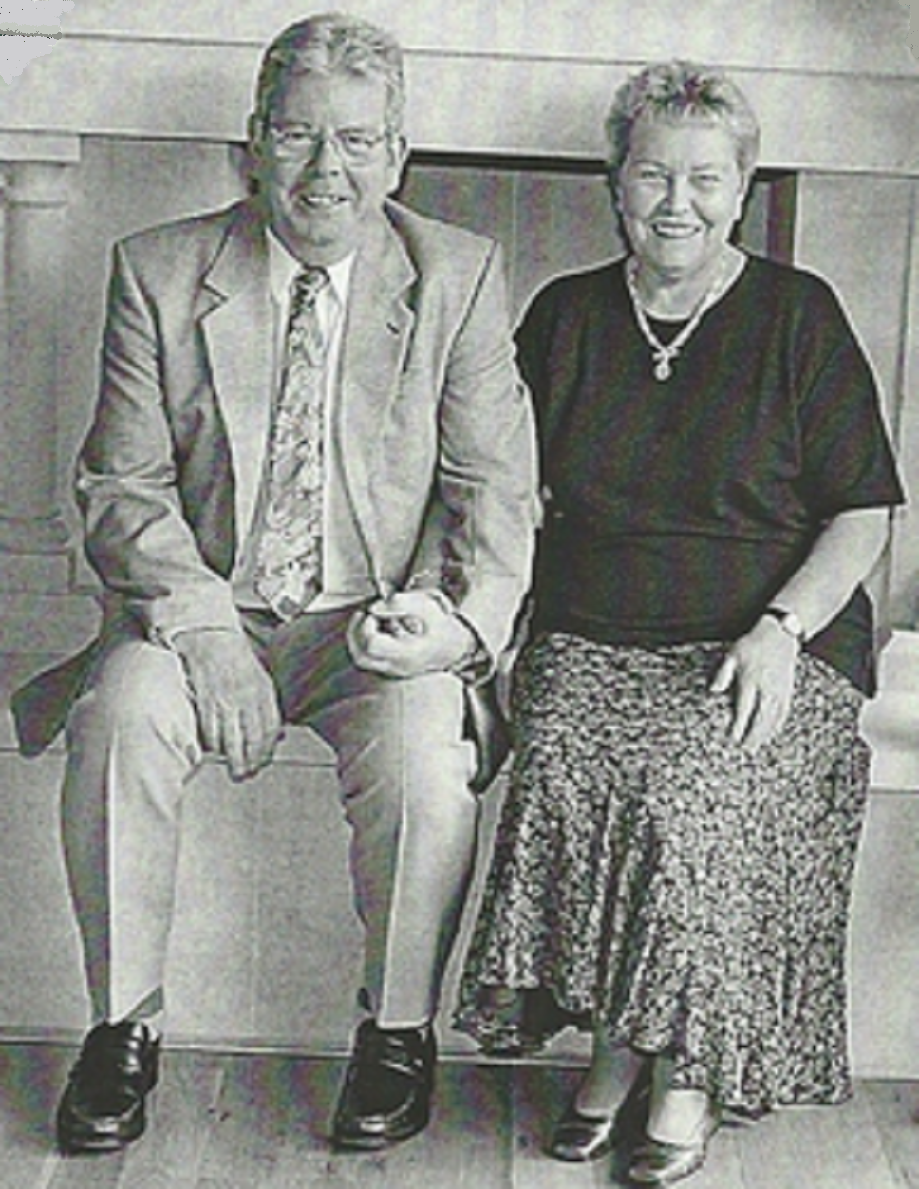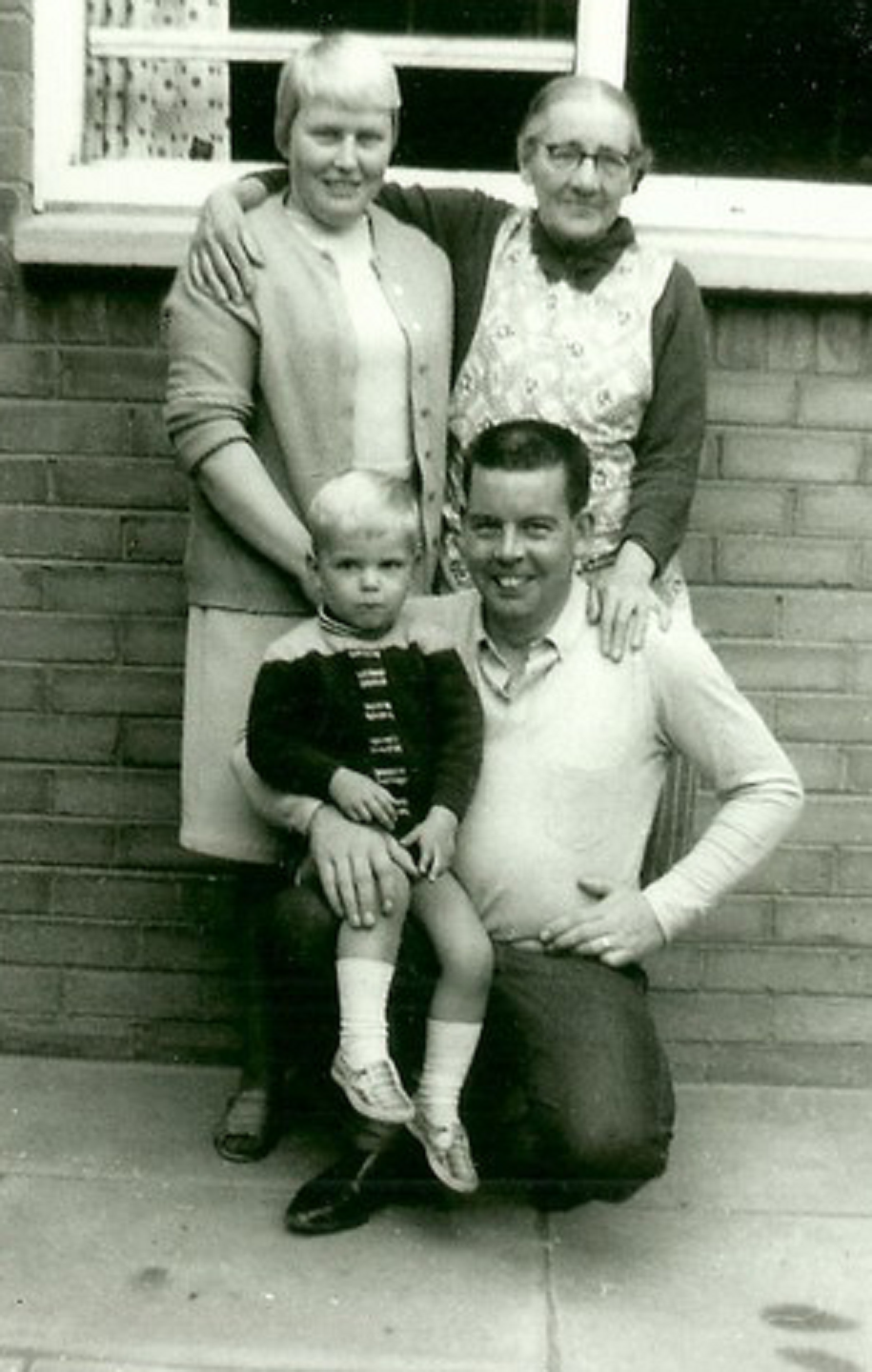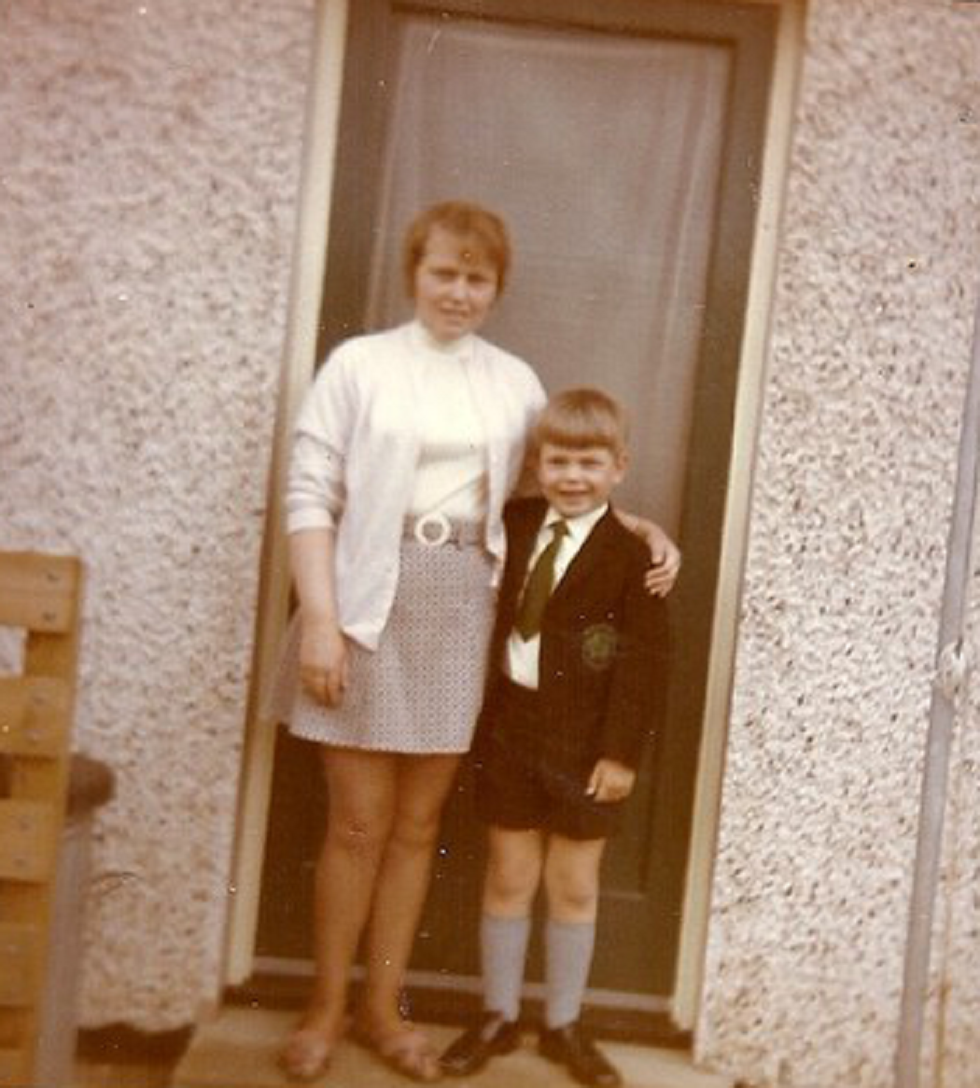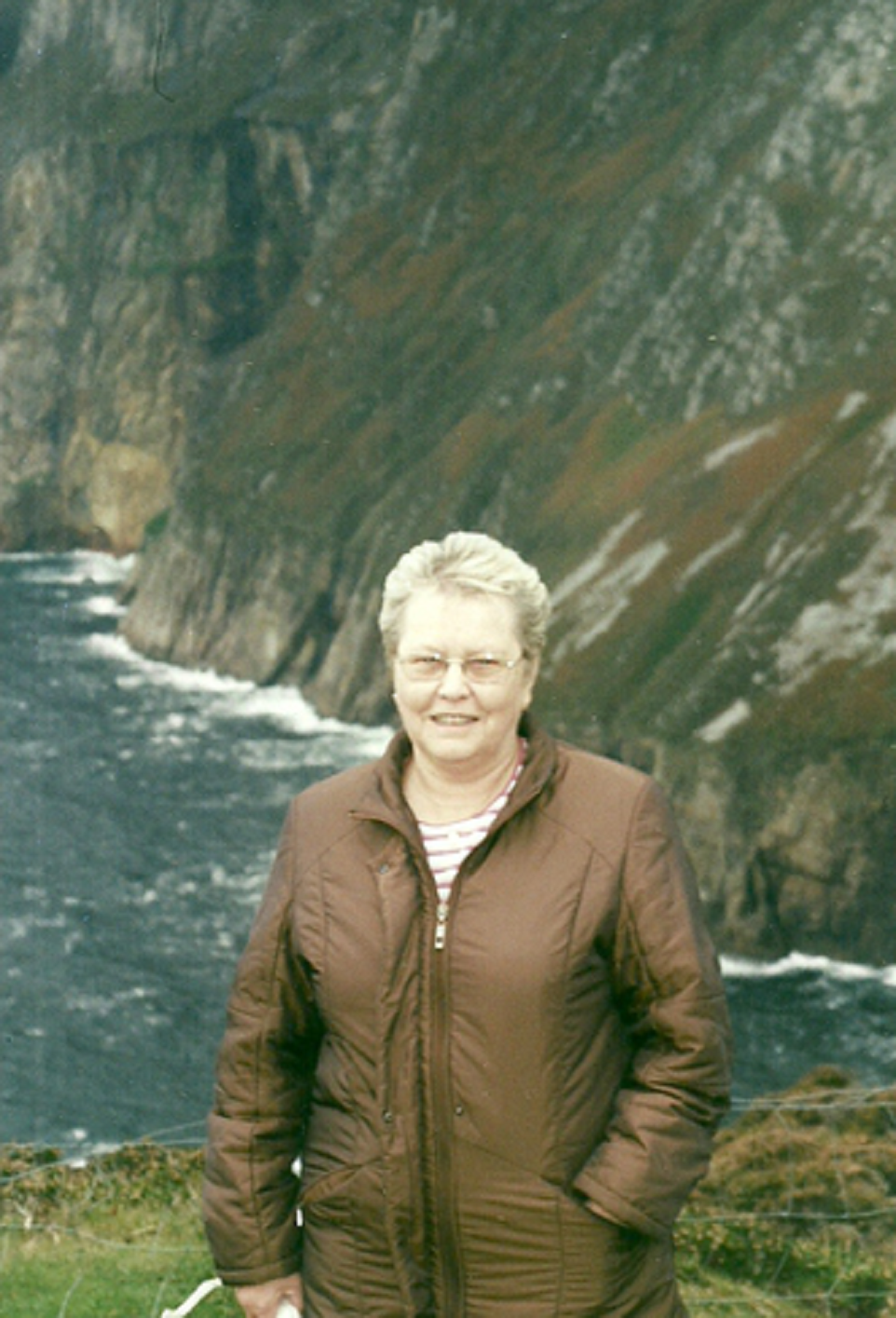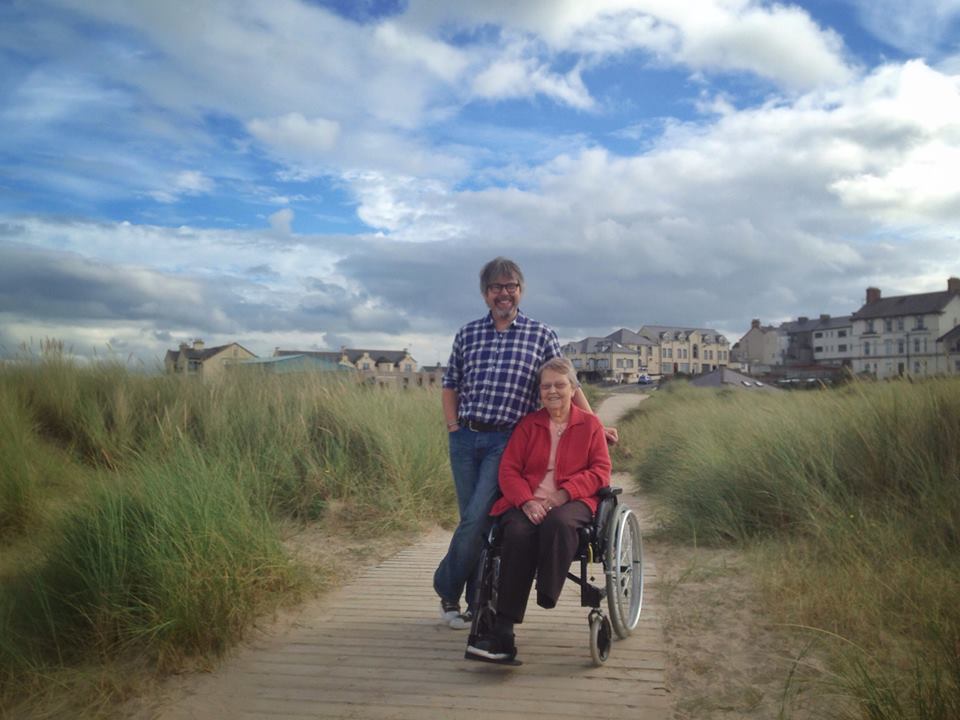When I hug my father we hold on tight.
If he forgets who I am, well that’s all right -
A is for Alzheimer’s.
I had known for some time that something was not right with my father. I had noticed him repeating himself, wondering where he had left things, getting lost in the middle of conversations… But I did nothing about it. My mother was very ill at that time, going through round after round of surgery, and I suppose I didn’t want to face the idea that there might be something ELSE to deal with.
But it was a lousy strategy. My cousin called me one day to ask if I was concerned at all about my dad’s memory, as she was finding a noticeable change in him. And the walls caved in and I realised, of course, that my head had been in the sand the whole time. Maybe if I kept ignoring it, I must have been saying to myself, his condition would not be real.
For my family, we began the series of tests that would lead to an Alzheimer’s diagnosis. This part was truly awful – my father was in denial, and he was angry about the whole thing, had some choice names for the doctors, was talking about refusing the go for the tests… And all the time he was getting worse. And he was still driving at this stage. At home, he was beginning to avoid the shower – he was forgetting how to turn it on and off and was too embarrassed and angry to ask for help - and was having real problems with remote controls, the cooker, the radio and CD players.
One of my worst early moments was sitting beside my father in the doctor’s room when the test questions started – who is the Prime Minister? What month is it? Are you on the ground floor of this hospital or the first floor? And my dad would do his best, but he didn’t answer any of those three questions correctly. The doctor showed him a diagram on a page and asked him to copy it with a pen. He made a reasonable attempt, before the hardest moment of them all:
The doctor picked the pen up from the desk and held it up between his thumb and his finger.
- What is the name for that object? he asked my father.
My father looked at the pen, looked at the doctor, looked at the floor and smiled, looked at the pen… and then turned his big sad brown eyes on me. And in that moment, I seemed to sense everything changing colour.
Over the course of the three years that followed, his condition worsened and he went through a series of phases. There was a drinking phase… there was a dismantling-the-bedroom phase. A Hiding Things phase. A long, harrowing, Distrusting Everybody phase, and then the one he became famous for, a Walking Phase, when he would leave the house, sometimes three times a day, and walk all the way across Coleraine to his old childhood neighbourhood, and back again, in all weathers. Somehow finding his way home on every occasion.
Now, he is in care – at The Brook in Coleraine, a warm and welcoming complex, where he is beloved by the staff and seems happy. He has virtually no language left, just a stew of sounds and noises with occasional words or old phrases surfacing occasionally. But he remains very sociable and smiles and laughs often. And in answer to the question EVERYBODY asks me – I don’t know if he recognises me or not. I don’t worry about it anymore. When I walk into the room with a smile and a hug, he smiles back. Sometimes I think there’s a glimmer, but it’s fine with me either way.
I have a few sad memories of the early times when words began to fail him, or when he realised for a second how confused he was and couldn’t find his way back to certainty. I remember him buying a book one day in Waterstone’s in Coleraine, and I then found it months later, stuffed in a drawer. He had obviously been unable to follow the text, and he had hidden it away and it had never been mentioned again.
So what do we learn from these experiences? I urge all of you to make plans as early as you can, and have those difficult conversations now, before you get to a day when a doctor holds up an everyday object in front of someone you love, and the word ‘pen’ has fled from their tongue, never to return.
During the writing of this album, it became clear that I was still processing the loss of my mother and the ongoing decline of my father – and it became clear to me that this situation has become - and remains - the central trauma of the middle period of my life. I am an only child, and we were such a close, happy little trio when I was a youngster.
In 2015 I had a prolonged ‘dry spell’ – these come and go for anyone who writes for a living, but this one was worryingly long and desperately arid. I would sit for hours with the guitar and the same old licks and chords and moves would come out. The lyrics didn’t have anything interesting to say. I was totally and utterly bored with myself. And I couldn’t see any way out of it…
Until late that year… I was on the road doing a series of shows as special guest of Barbara Dickson, and I was backstage at the Dunamaise Theatre in Portlaois, waiting for my time to go back on stage. I was strumming a very simple pattern on the guitar, and out of my mouth – like something learned in childhood and wholly remembered years later, like something strange and complete that you would say in your sleep – came the entire first verse: ‘When I hug my father we hold on tight – if he forgets who I am, well, that’s all right. A is for Alzheimer’s’.
I stopped almost in fright and wondered where it had come from. But I have learned that at times like that you don’t stop and wonder, you just keep receiving. I immediately began to wonder what B would be for, and C and so on. And within the next few days, the other letters of this alphabet began to appear… And that was the first new song in over a year, and the first one to be completed in this body of work. And once that song was on paper, the rest of them followed - sometimes they appear like that, like elephants coming out of the bush, each of them holding the tail of the elephant in front.




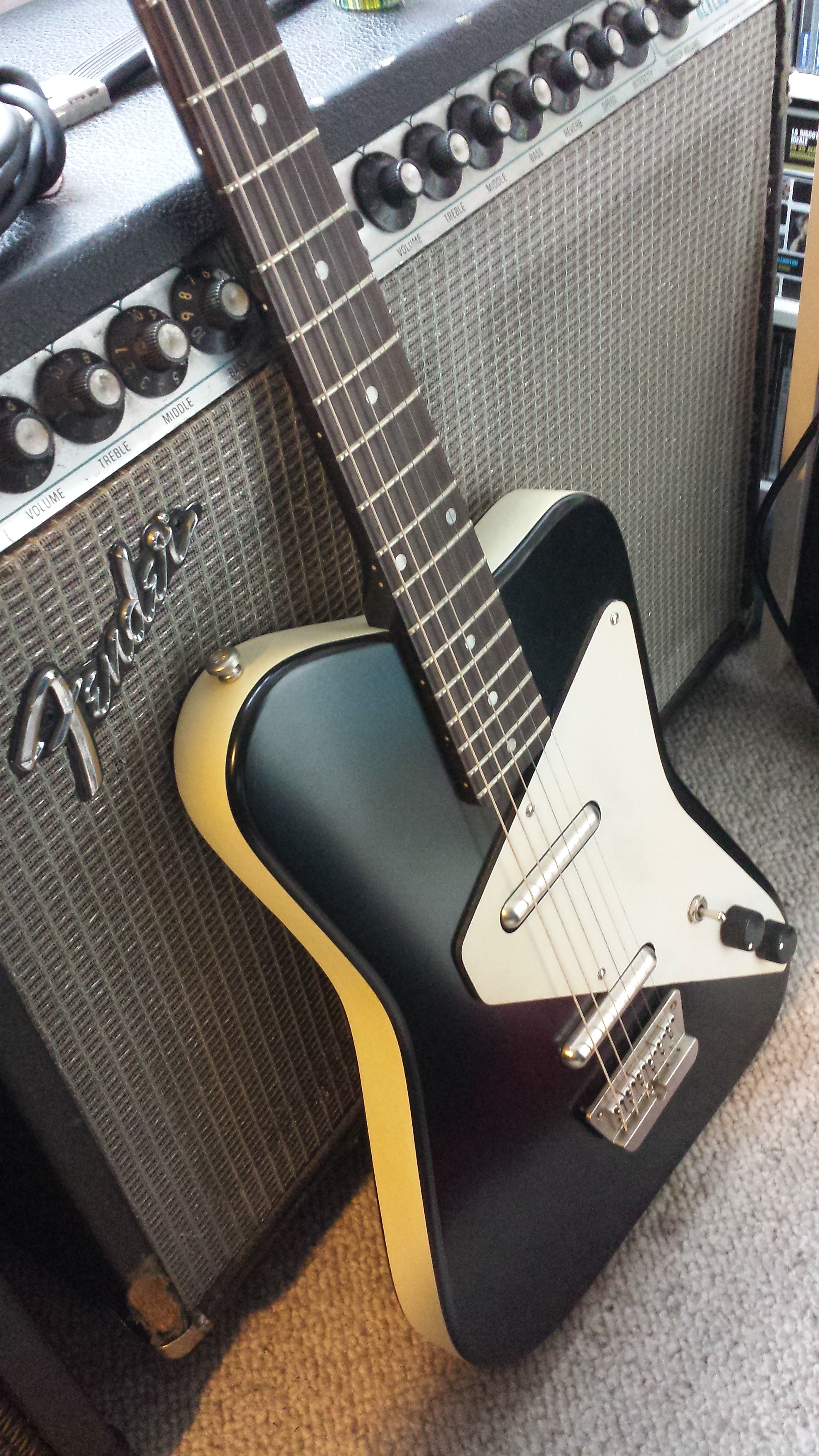

























![2014 Eileen [ Dickson ] Toner. R.I.P. 25-11-2014.jpg](https://images.squarespace-cdn.com/content/v1/514629e6e4b04055d3084cb8/1448409523957-1VF9L9W1TJWW7OGJ6V5B/2014+Eileen+%5B+Dickson+%5D+Toner.+R.I.P.+25-11-2014.jpg)
